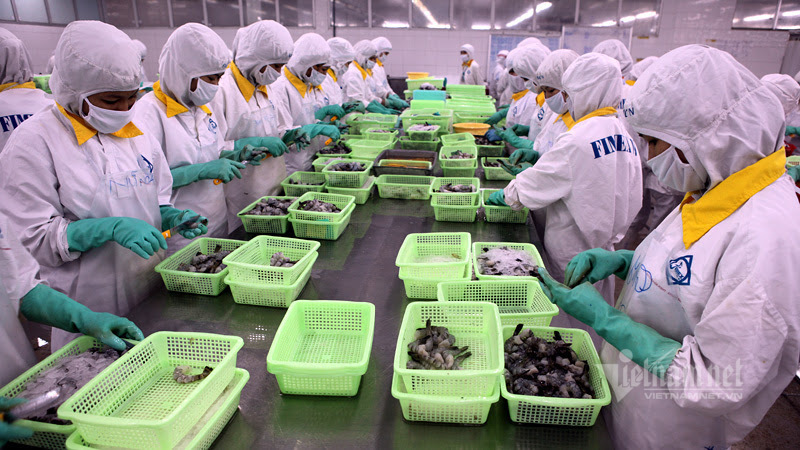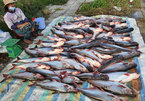Vietnam’s farm exports to the EU have been increasing sharply in the last two months ever since the EVFTA took effect.

EVFTA has been likened to a ‘highway’ that takes Vietnam’s goods, including farm produce, to the large EU market.
Deputy Minister of Agriculture and Rural Development Phung Duc Tien said just two months after EVFTA took effect (August 1, 2020), Vietnam’s farm export turnover to the EU reached $766.3 million.
The exports in August increased by 11.9 percent compared with July, and exports in September soared by 35 percent compared with August.
Tien said soon after the Prime Minister approved the plan to implement EVFTA, the agriculture ministry immediately built an action plan for agricultural production.
Prior to that, businesses had prepared everything, from seeds and input materials to production processes to grab opportunities from EVFTA. Vietnam’s businesses are being increasingly dynamic in seeking markets and joining forces with farmers to run production processes meeting EU requirements.
According to Tien, shrimp and catfish are highly appreciated in the EU. Vietnam’s shrimp has had high output this year and sells for good prices.
As for catfish, after a period of slowdown, export turnover in July increased by 13 percent and continued to increase in August and September. The catfish price in the domestic market also rose to VND19,000-20,000 per kilogram.
“I know a business that signed a contract on exporting 300,000 tons of catfish a year to Russia,” Tien said.
In mid-September, the consignments of shrimp, rice, pomelo, coffee, passion fruit, coconut and dragon fruit were shipped to the EU, enjoying the preferential tariff of zero percent under EVFTA.
The general director of a fruit export company said the tariff cut under EVFTA helps Vietnam’s fruits enjoy big advantages in the market. European importers have increased their orders with Vietnamese businesses.
“A lot of importers have contacted us. However, we have to be selective about customers, because of the COVID-19 pandemic,” he said.
Meanwhile, Tien said the preferential tariff gives Vietnam’s businesses a push to enter the EU market. But in order to increase exports to the market, producers also need to satisfy the requirements set by EU, such as input materials, production organization, preservation, and shipment.
Vietnam has great advantages in farm and seafood production, while the EU has high demand for these products with annual import turnover of $160 billion a year, or 8 percent of total import value.
In 2019, Vietnam exported $4.6 billion worth of these products to the EU, which was the third largest export market for Vietnam.
T. An

Experts unhappy with cement exports, but industry says unavoidable
In the first eight months of the year, cement companies exported more than 23.5 million tonnes of cement and clinker, an increase of 13.7 per cent year-on-year.

Tra fish famers, exports hit hard by Covid-19 pandemic
Tra (pangasius) fish prices have dropped to their lowest levels in 11 years since exports have been hit by Covid-19, according to the Vietnam Association of Seafood Exporters and Producers (VASEP).